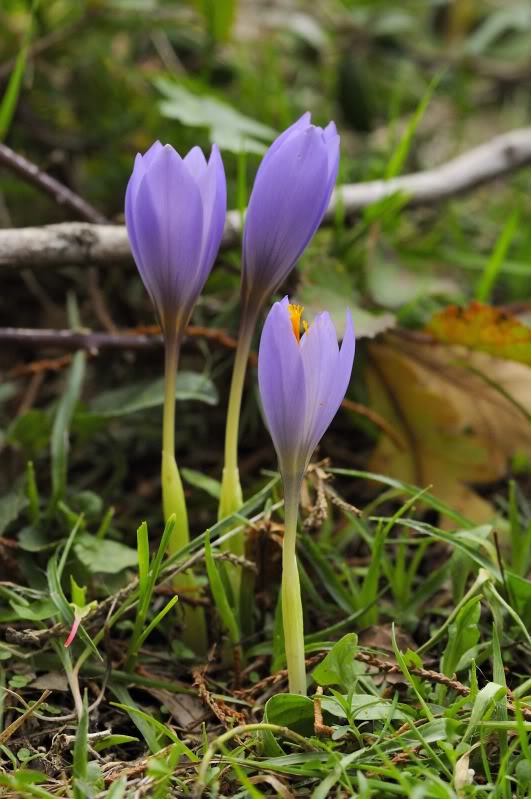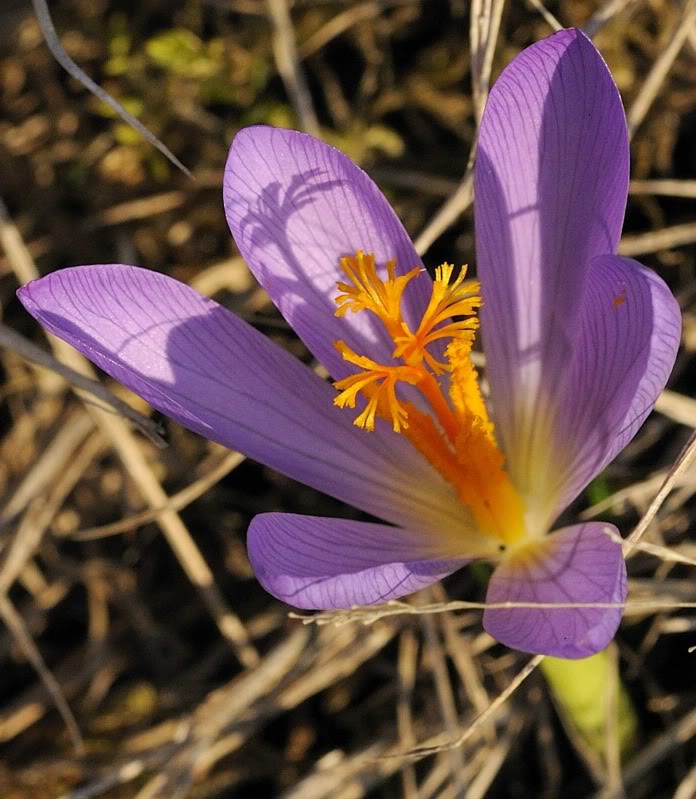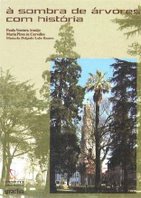Pé-de-burro
Now that walking plants were established facts the Press lost its former tepidity, and bathed them in publicity. So a name had to be found for them. Already there were botanists wallowing after their custom in polysyllabic dog-Latin and Greek to produce variants on ambulans and pseudopodia, but what the newspapers and the public wanted was something easy on the tongue and not too heavy on the headlines for general use. If you could see the papers of that time you would find them referring to: Trichots Tricusps Trigenates Trigons Trilogs Tridentates Trinits Tripedals Tripeds Triquets Tripods Trippets and a number of other mysterious things not even beginning with 'tri' – though almost all centered on the feature of that active, three-pronged root.
There was argument, public, private and bar-parlour, with heated championship of one term or another on near-scientific, quasi-etymological and a number of other grounds, but gradually one term began to dominate this philological gymkhana. In its first form it was not quite acceptable, but common usage modified the original long first 'i', and custom quickly wrote in a second 'f', to leave no doubt about it. And so emerged the standard term. A catchy little name originating in some newspaper office as a handy label for an oddity – but destined one day to be associated with pain, fear and misery – TRIFFID...
The first wave of public interest soon ebbed away. Triffids were, admittedly, a bit weird – but that was, after all, just because they were novelties. People had felt the same about novelties of other days – about kangaroos, giant lizards, black swans. And, when you came to think of it, were triffids all that much queerer than mudfish, ostriches, tadpoles and a hundred of other things? The bat was an animal that had learned to fly: well, here was a plant that had learned to walk.
John Wyndham, The day of the triffids (1951)







4 comentários :
Conhecia bem esta variedade de Crocus, e até já tive a oportunidade de a fotografar nesta mesma zona, mas não conhecia o termo "Pé-de-burro" a ela associado. Qual será a explicação da sua origem?
Um livro fantástico (de várias maneiras) que li há muitos anos.
Américo: Esta designação, ao lado de açafrão-bravo, consta do livro Portugal Botânico de A a Z, de F. M. Fernandes e L. M. Carvalho. Talvez o povo veja na flor, quando invertida, uma patinha do bicho.
Gi: E as plantas que andam são apenas pretexto para um ensaio sobre a cegueira.
Obrigado por este post, já tinha visto esta bela e frágil flor no nosso terreno e não sabia o nome.
Obrigado
J.
Enviar um comentário